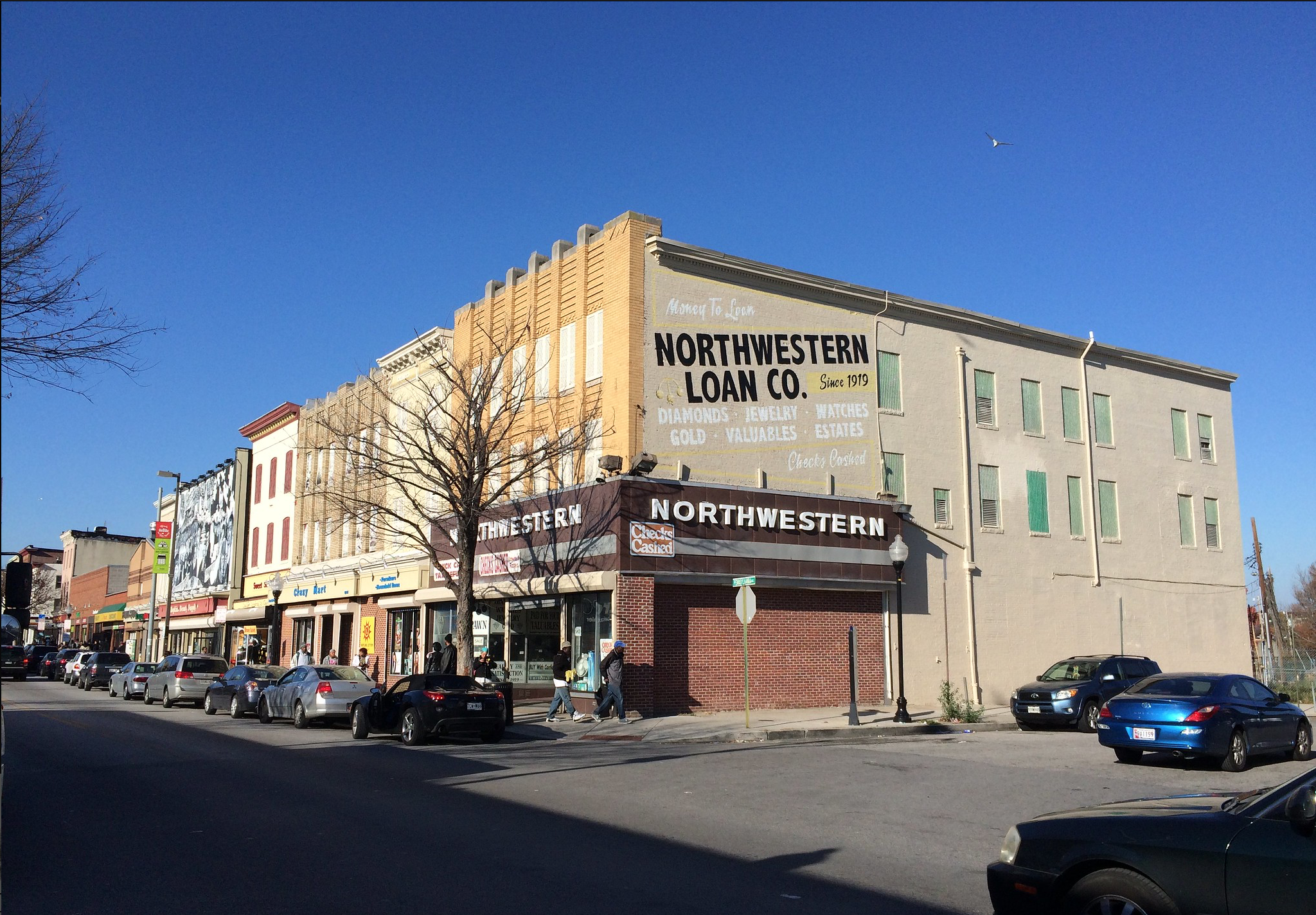In April 2015, amidst the unrest following the death of Freddie Gray, national and local media were quick to cast the youth in Baltimore as “thugs” and troublemakers. However, these media accounts were nearly devoid of the voices of youth themselves. To discover these voices, the Hearing Their Voices team at the Poverty and Inequality Research Lab at Johns Hopkins University conducted in-depth interviews with 58 young people between the ages of 15 and 24 from some of Baltimore’s most impoverished neighborhoods. These youth told a far more nuanced and deeper story than media accounts reflect. The purpose of this report is to illuminate these stories and describe major themes from the accounts of Baltimore’s youth interviewed for this study. Read the report here.
Key Findings:
- Youth participation in the unrest may have been less widespread than media reports suggested. Many of the young people interviewed for this project simply spent the afternoon of April 27, 2015 trying to get home, and most “sheltered in place” there for the days that followed.
- Young people in Baltimore generally supported the peaceful protests but almost uniformly condemned the violence, looting, and destruction of property that occurred. They were especially distressed by the devastation of important institutions that served disadvantaged Baltimore neighborhoods.
- Young people in Baltimore generally disapproved of the city’s aggressive response to the unrest, including the school closings and curfew. Though they recognized the National Guard for their role in restoring and maintaining order, Baltimore’s youth felt intimidated and even terrified by its presence. The leadership of Mayor Stephanie Rawlings Blake during the unrest received almost universal disapproval from the youth interviewed for this study.
- The antagonistic relationship between Baltimore’s youth and its police force is more nuanced than portrayed in the media. Youth did not have a blanket distrust or dislike of the Baltimore police force, but described how actions by certain “bad apples” sullied the reputation the force had with the city as a whole.
- Young people revealed a very strong sense of abandonment by and exclusion from Baltimore City as a whole. Lack of good education, little viable economic opportunity, and the prominence of drug activity and violence in Baltimore create an environment that the young people in the study said set them up for failure rather than success. Not one of the 58 youth interviewed for the study expressed a desire to stay in Baltimore City in the future.
- Baltimore’s youth crave positive experiences in recreation centers, programs oriented toward youth development and careers, and safe public spaces. However, they do not see Baltimore City as doing enough—if anything—to provide these opportunities.
The voices of Baltimore’s youth are sobering but provide inspiration and suggest the incredible potential of these young people. The findings in this report are a powerful and clear directive for the city’s leaders to act swiftly and systematically to improve the prospects of a generation of youth who are eager to find their futures.
A forum was convened in April 2017 with community stakeholders from across the city to discuss the results of the study.
Publications & Media Coverage
Baltimore Sun (5/25/2018)
Hearing Their Voices Forum (4/21/2017)
Baltimore Sun (4/23/2016)
The JHU HUB (8/20/2015)
The JHU HUB (5/11/2015)
Former Researchers
- Monica Bell
- Hana Clemens
- Holly Koogler
- Bronte Nevins
- Anna Rhodes
- Madelyn Staczek
- Michelle Abt
- Clarissa Chen
- Olivia Cigarroa
- Courtney Colwell
- Brittany Dernberger
- Lydia DuBois
- Joseph O-Connor-Giles
- Elaine Carpenter
- Mitchell Generette
- Katherine Li
- Kuan Tian
- Rachel Long
- Maleka Walker
- Sarah McKeown
- Jayne O'Dwyer
- Corine Peifer
- Simone Robbenolt
- Trinard Sharpe
- Maddie Staczek
- Lauren Stettz
- Yuyan Pu
